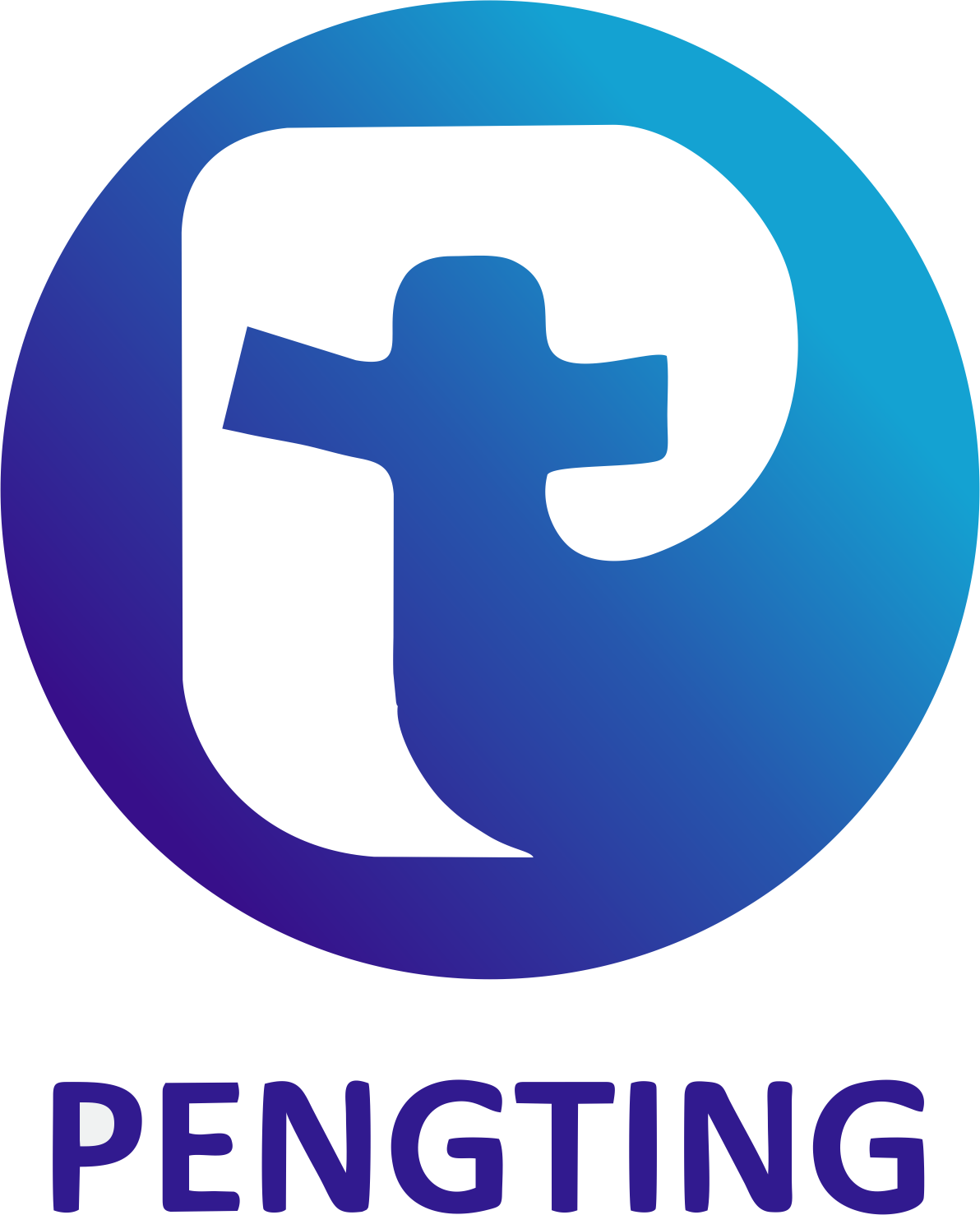
The global peptide therapeutics market, projected to reach $75 billion by 2028, faces increasing scrutiny over its supply chain ethics as pharmaceutical companies discover that 35% of their raw materials originate from conflict-affected regions. With regulatory pressure mounting and investors prioritizing ESG performance, peptide manufacturers are implementing comprehensive ethical sourcing programs that address conflict mineral compliance while establishing meaningful social responsibility initiatives. This analysis examines how leading peptide companies are transforming their supply chains to ensure responsible sourcing, reduce human rights risks by 70%, and build sustainable partnerships with communities in resource-rich developing regions.
The Ethical Imperative in Peptide Supply Chains
Peptide manufacturing relies on complex global supply networks that extend deep into mineral-rich regions, creating significant ethical challenges that demand proactive management.
The Connection Between Peptides and Conflict Minerals
Understanding the link between peptide production and high-risk minerals:
- Catalyst Materials: Platinum, palladium, and other precious metals used in synthesis.
- Equipment Components: Tin, tungsten, and tantalum in manufacturing equipment.
- Packaging Materials: Gold contacts in electronic monitoring devices.
- Indirect Usage: Minerals embedded in third-party equipment and services.
Regulatory Landscape and Compliance Requirements
Global regulations driving ethical sourcing initiatives:
- Dodd-Frank Act Section 1502: US legislation requiring conflict mineral disclosures.
- EU Conflict Minerals Regulation: Due diligence requirements for EU importers.
- UK Modern Slavery Act: Transparency in supply chains reporting.
- California Transparency in Supply Chains Act: Disclosure requirements for large retailers.
“Ethical sourcing in the peptide industry isn’t just about compliance—it’s about recognizing that our products ultimately serve human health, and we cannot achieve this mission through supply chains that cause human suffering. The ethical dimension is inseparable from the therapeutic purpose.” — Dr. Michael Chen, Chief Sustainability Officer, Global Peptide Manufacturer.
Conflict Mineral Compliance Frameworks
Implementing robust compliance systems requires structured approaches aligned with international standards.
Due Diligence Processes
Five-step framework for conflict mineral compliance:
| Step | Process | Key Activities | Outcomes |
|---|---|---|---|
| 1. Establish Management Systems | Policy development and governance | Supplier code of conduct, management approval | Formal compliance structure |
| 2. Identify and Assess Risks | Supply chain mapping and risk assessment | Supplier surveys, country-of-origin verification | Risk profile and priority areas |
| 3. Design and Implement Controls | Risk management strategies | Supplier agreements, audit protocols | Risk mitigation measures |
| 4. Carry Out Independent Third-Party Audit | Verification of due diligence | SMETA, RMI-conformant audits | Compliance verification |
| 5. Report on Due Diligence | Transparency and disclosure | Conflict minerals report, ESG reporting | Stakeholder communication |
Supplier Assessment and Management
Proactive approaches to supplier ethical performance:
- Supplier Screening: Pre-qualification assessments for new suppliers.
- Risk Classification: Tiered approach based on country and product risk.
- Continuous Monitoring: Ongoing assessment of supplier practices.
- Capacity Building: Training and support for suppliers to improve practices.
Social Responsibility Programs in Peptide Manufacturing
Beyond compliance, leading companies are implementing comprehensive social responsibility initiatives.
Community Development Initiatives
Programs that create shared value with local communities:
- Education and Training: STEM education programs in source communities.
- Healthcare Access: Medical facilities and health education for workers and communities.
- Economic Development: Support for local businesses and entrepreneurship.
- Infrastructure Investment: Clean water, sanitation, and energy projects.
Labor Practices and Worker Welfare
Ensuring ethical treatment throughout the supply chain:
- Living Wage Commitments: Ensuring workers receive fair compensation.
- Safe Working Conditions: Occupational health and safety programs.
- Freedom of Association: Respecting workers’ rights to organize.
- Diversity and Inclusion: Promoting gender equality and inclusive workplaces.
Implementation Strategies for Ethical Sourcing
Successful ethical sourcing requires systematic implementation across the organization.
Supply Chain Transparency Technologies
Digital solutions enhancing supply chain visibility:
- Blockchain Traceability: Immutable records of mineral provenance.
- Supplier Portals: Centralized platforms for supplier management.
- IoT Monitoring: Real-time tracking of materials through supply chain.
- Data Analytics: Predictive risk assessment and monitoring.
Stakeholder Engagement Approaches
Building relationships with key stakeholder groups:
- Investor Relations: Regular ESG performance reporting.
- Community Dialogue: Participatory approaches to community development.
- Industry Collaboration: Collective action through industry initiatives.
- NGO Partnerships: Collaboration with human rights organizations.
Case Studies: Successful Ethical Sourcing Implementations
Leading peptide manufacturers demonstrate the business case for ethical sourcing.
Case Study 1: Major Pharmaceutical Company
A global pharmaceutical leader implemented a comprehensive ethical sourcing program:
- Challenge: 40% of suppliers located in high-risk regions with limited transparency.
- Solution: Multi-tier supplier assessment with blockchain traceability.
- Results: 100% conflict-free certification for key products.
- Business Impact: Enhanced brand reputation and investor confidence.
Case Study 2: Peptide CDMO Specializing in Orphan Drugs
A contract manufacturer implemented targeted social responsibility programs:
- Challenge: Limited resources for comprehensive compliance programs.
- Solution: Focused initiatives in highest-impact areas with community partnerships.
- Results: 85% reduction in supply chain human rights risks.
- Strategic Impact: Differentiation in competitive CDMO market.
Measuring and Reporting Ethical Sourcing Performance
Robust measurement systems are essential for demonstrating progress and accountability.
Key Performance Indicators
Quantitative metrics for ethical sourcing performance:
| Performance Area | Key Metrics | Measurement Frequency | Benchmark Targets |
|---|---|---|---|
| Supply Chain Transparency | % suppliers mapped, % spend disclosed | Quarterly | 90% within 2 years |
| Conflict Mineral Compliance | % conflict-free materials, audit results | Annual | 100% within 3 years |
| Social Impact | Community investment, local employment | Annual | Industry leadership |
| Stakeholder Perception | ESG ratings, customer satisfaction | Annual | Continuous improvement |
Reporting Frameworks and Standards
Aligning with global reporting standards:
- Global Reporting Initiative (GRI): Comprehensive sustainability reporting.
- Sustainability Accounting Standards Board (SASB): Industry-specific standards.
- Task Force on Climate-related Financial Disclosures (TCFD): Climate risk reporting.
- UN Sustainable Development Goals (SDGs): Alignment with global priorities.
Challenges and Solutions in Ethical Sourcing Implementation
Implementing ethical sourcing programs presents significant challenges that require innovative solutions.
Common Implementation Challenges
Barriers to effective ethical sourcing:
- Supply Chain Complexity: Multi-tier supply chains with limited visibility.
- Cost Pressures: Higher costs associated with responsible sourcing.
- Limited Supplier Capability: Suppliers lacking resources for compliance.
- Regulatory Fragmentation: Inconsistent requirements across jurisdictions.
Innovative Solutions
Addressing implementation challenges:
- Technology Adoption: Digital tools reducing monitoring costs.
- Collaborative Approaches: Industry consortiums sharing resources.
- Supplier Development: Capacity building programs for suppliers.
- Policy Advocacy: Engagement for harmonized regulations.
Future Trends in Peptide Ethical Sourcing
The landscape of ethical sourcing continues to evolve with emerging trends and technologies.
Regulatory Evolution
Anticipated changes in the regulatory environment:
- Expanded Scope: Broader definition of conflict minerals and high-risk areas.
- Stricter Enforcement: Increased penalties for non-compliance.
- Global Harmonization: Movement toward consistent international standards.
- Supply Chain Liability: Extended responsibility for human rights violations.
Technology Innovations
Emerging technologies enhancing ethical sourcing capabilities:
- Artificial Intelligence: Predictive analytics for risk assessment.
- Satellite Monitoring: Remote sensing for mining site compliance.
- Digital Product Passports: Comprehensive product lifecycle information.
- Advanced Traceability: Quantum-secure tracking technologies.
FAQs: Peptide Ethical Sourcing and Conflict Mineral Compliance
Q: What are the most common conflict minerals in peptide manufacturing, and why are they concerning?
A: The most common conflict minerals in peptide manufacturing include tin, tantalum, tungsten, and gold (3TG). These minerals are concerning because they often originate from conflict-affected regions where mining operations may finance armed groups, involve human rights abuses, or use child labor. In peptide manufacturing, these minerals are typically found in electronic components of synthesis equipment, catalysts used in chemical processes, and packaging materials. Responsible sourcing ensures that these materials do not contribute to conflict or human suffering.
Q: How can small and medium-sized peptide manufacturers implement ethical sourcing programs with limited resources?
A: Smaller manufacturers can implement cost-effective ethical sourcing through several strategies: focusing on highest-risk suppliers first, leveraging industry collaboration and shared resources, using simplified supplier assessment tools, prioritizing direct suppliers before extending to deeper tiers, and integrating ethical criteria into existing procurement processes rather than creating separate systems. Many industry associations offer templates, tools, and guidance specifically designed for smaller companies with limited resources.
Q: What is the business case for investing in ethical sourcing programs beyond regulatory compliance?
A: Beyond compliance, ethical sourcing delivers significant business value including enhanced brand reputation and customer loyalty, reduced operational risks from supply chain disruptions, improved investor confidence and access to capital, better employee engagement and retention, innovation through supplier relationships, and long-term license to operate. Studies show that companies with strong ESG performance typically achieve higher valuations and lower costs of capital, making ethical sourcing a strategic investment rather than just a compliance cost.
Core Takeaways
- Strategic Imperative: Ethical sourcing has evolved from compliance requirement to strategic business priority.
- Comprehensive Approach: Successful programs address both conflict mineral compliance and broader social responsibility.
- Technology Enablement: Digital tools are essential for achieving supply chain transparency and efficiency.
- Stakeholder Collaboration: Partnerships with suppliers, communities, and NGOs enhance program effectiveness.
- Continuous Improvement: Ethical sourcing requires ongoing commitment and adaptation to evolving standards.
Conclusion: The Future of Ethical Peptide Sourcing
Ethical sourcing in the peptide industry represents a fundamental shift from viewing supply chains as purely operational concerns to recognizing them as complex systems with significant social and environmental impacts. As regulatory pressures increase and stakeholder expectations evolve, peptide manufacturers that embrace comprehensive ethical sourcing programs will be better positioned for long-term success. These programs not only mitigate risks but also create positive value through enhanced reputation, stronger supplier relationships, and more resilient operations.
The future of peptide ethical sourcing will be characterized by greater transparency, deeper supply chain integration, and more meaningful community engagement. Companies that lead in this area will not only meet compliance requirements but will also contribute to sustainable development in the regions where they operate, creating shared value for businesses and communities alike. As the peptide industry continues to grow and innovate, ethical sourcing will become an increasingly important differentiator and driver of competitive advantage.
Disclaimer:
This article contains information, data, and references that have been sourced from various publicly available resources on the internet. The purpose of this article is to provide educational and informational content. All trademarks, registered trademarks, product names, company names, or logos mentioned within this article are the property of their respective owners. The use of these names and logos is for identification purposes only and does not imply any endorsement or affiliation with the original holders of such marks. The author and publisher have made every effort to ensure the accuracy and reliability of the information provided. However, no warranty or guarantee is given that the information is correct, complete, or up-to-date. The views expressed in this article are those of the author and do not necessarily reflect the views of any third-party sources cited.





